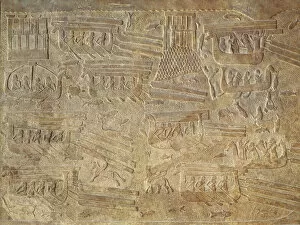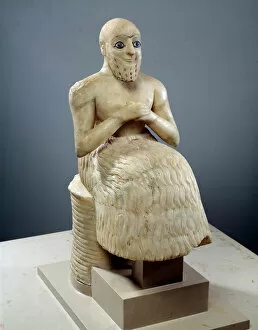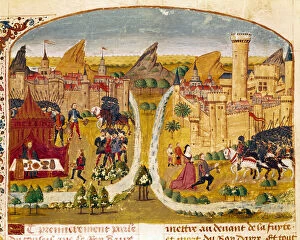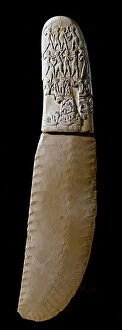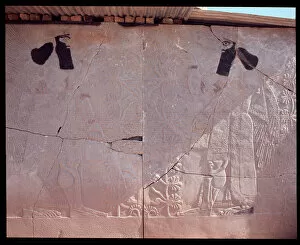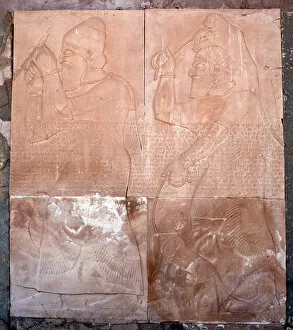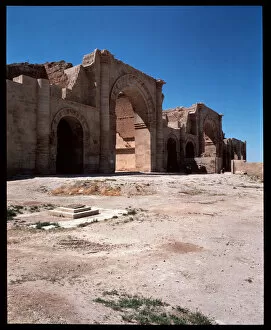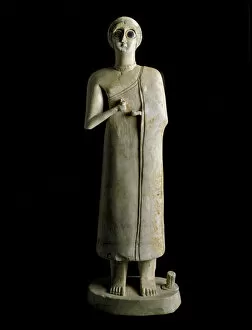Mesopotamia Collection (page 9)
Discover the wonders of Mesopotamia, an ancient civilization steeped in history and marvels
All Professionally Made to Order for Quick Shipping
Discover the wonders of Mesopotamia, an ancient civilization steeped in history and marvels. Step into the mythical Hanging Gardens of Babylon, a breathtaking oasis suspended in the sky. Imagine witnessing an Assyrian king commanding his chariot with unparalleled power and grandeur. Travel back to World War I as you embark on HMS Sedgefly, a river gunboat navigating through the heart of Mesopotamia. Experience the bravery of Irish soldiers entrenched in their trenches, fighting for honor and survival. Marvel at the intricate beauty of the Ishtar Gate, its reconstruction transporting you to a bygone era. Behold 3000 BC cuneiform writing etched onto clay slabs, offering a glimpse into one of humanity's earliest forms of communication. Admire Babylonia's majestic lion that adorned the Processional Wall alongside stunning Babylonian wall tiles. Immerse yourself in Ancient Mesopotamia's rich heritage and architectural wonders that continue to captivate minds even today. Mesopotamia - where legends come alive and history unfolds before your eyes.






